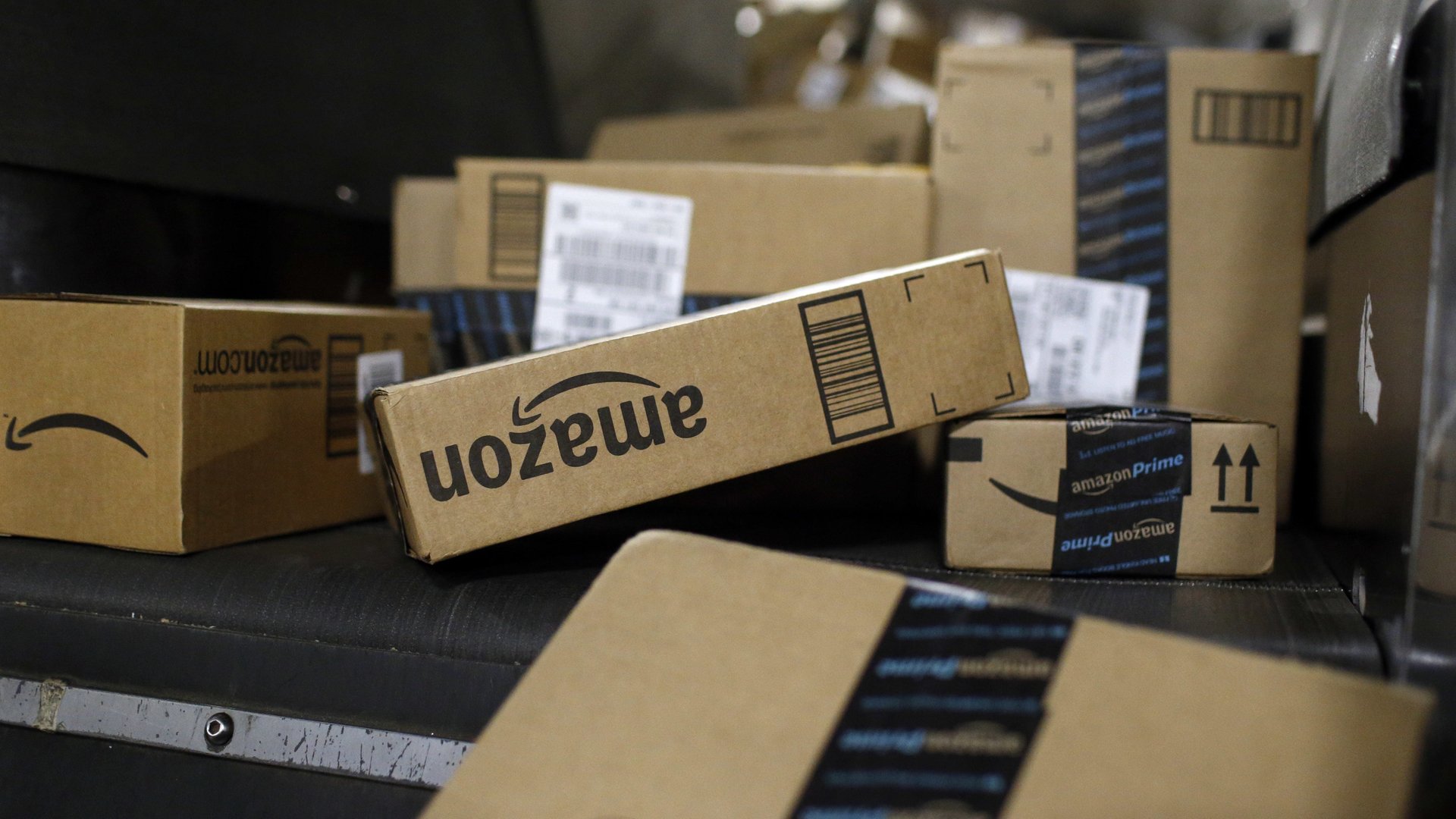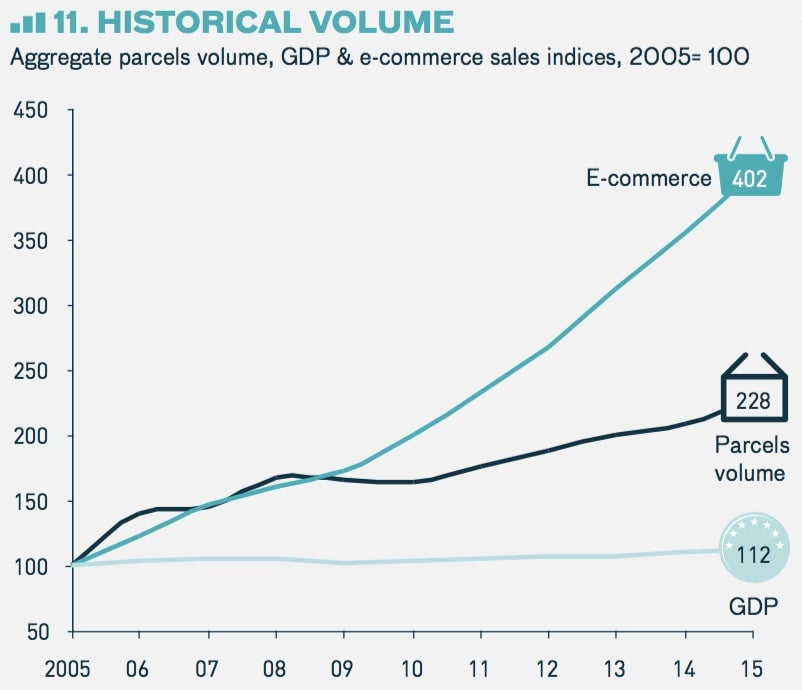Your online shopping habit is making city traffic worse
If you think rapid urban population growth is the only culprit for your city traffic problems, think again.


If you think rapid urban population growth is the only culprit for your city traffic problems, think again.
The exploding need to transport goods, fueled by our voracity for (and terrible habits in) online shopping, has also driven an increase in the number of vehicles on the road, according to a report by the World Economic Forum and Deloitte.
Between 2005 and 2015, consumers not only bought more items online, they also increasingly bought more single items, which led to a 128% increase in the global number of parcels per year.

We’re also not slowing down our online purchases anytime soon: Between 2017 and 2021, e-commerce sales and its share of global retail will continue to grow, projects market research company eMarketer. That growth will drive parcel volume increases by 17-28% each year, estimates global technology company Pitney Bowes.
In the US, delivery trucks already account for 7% of urban traffic and 17% of congestion costs from wasted hours and gas, according to the WEF and Deloitte report. Solving congestion problems, therefore, requires as much attention to efficiently shuffling around people as it does to efficiently shuffling around goods.